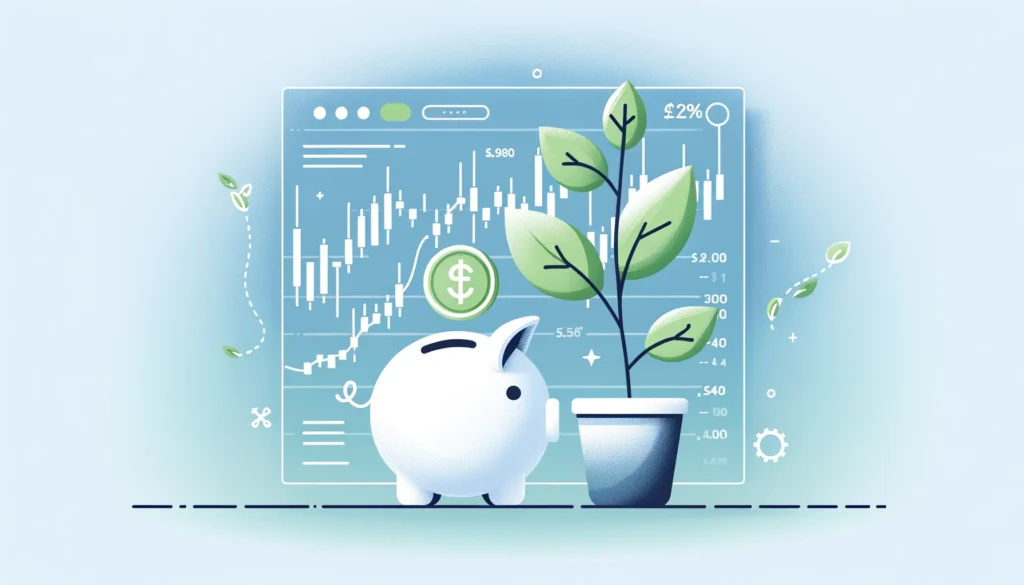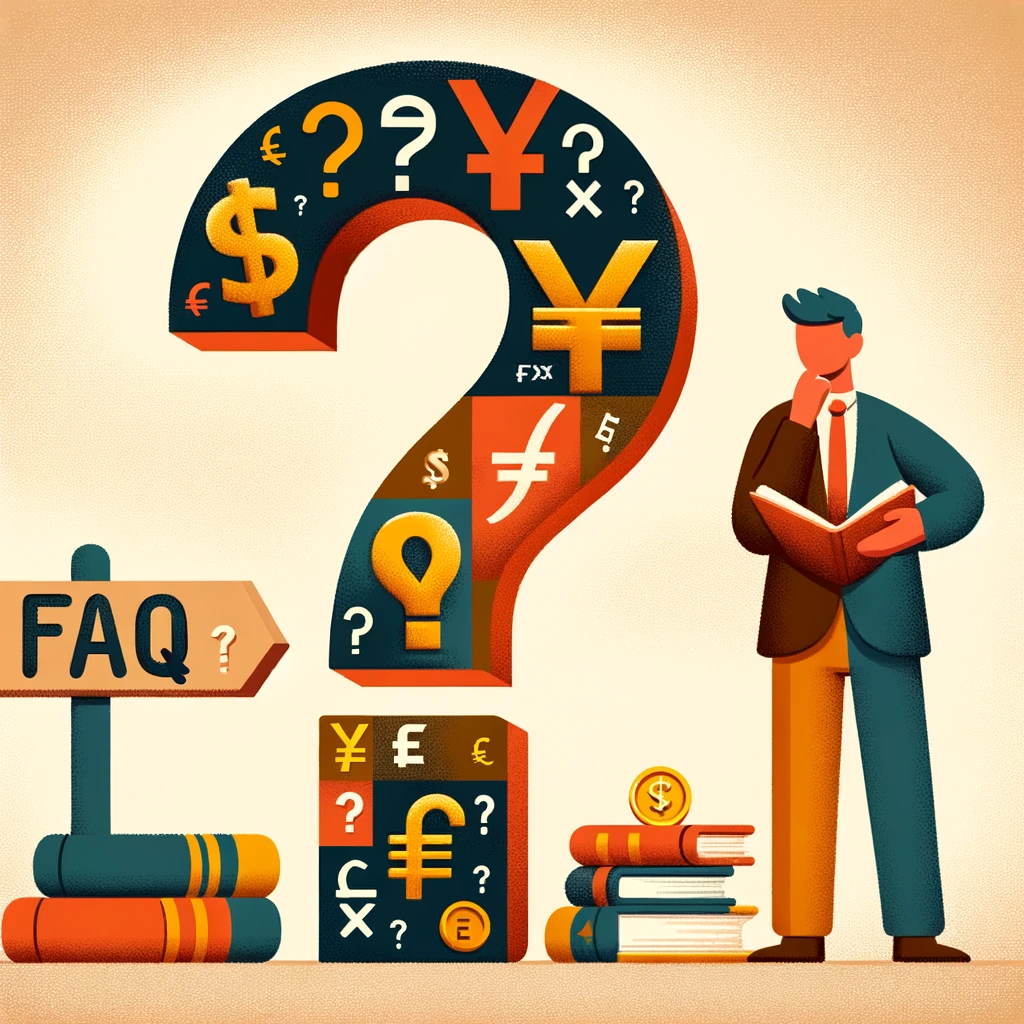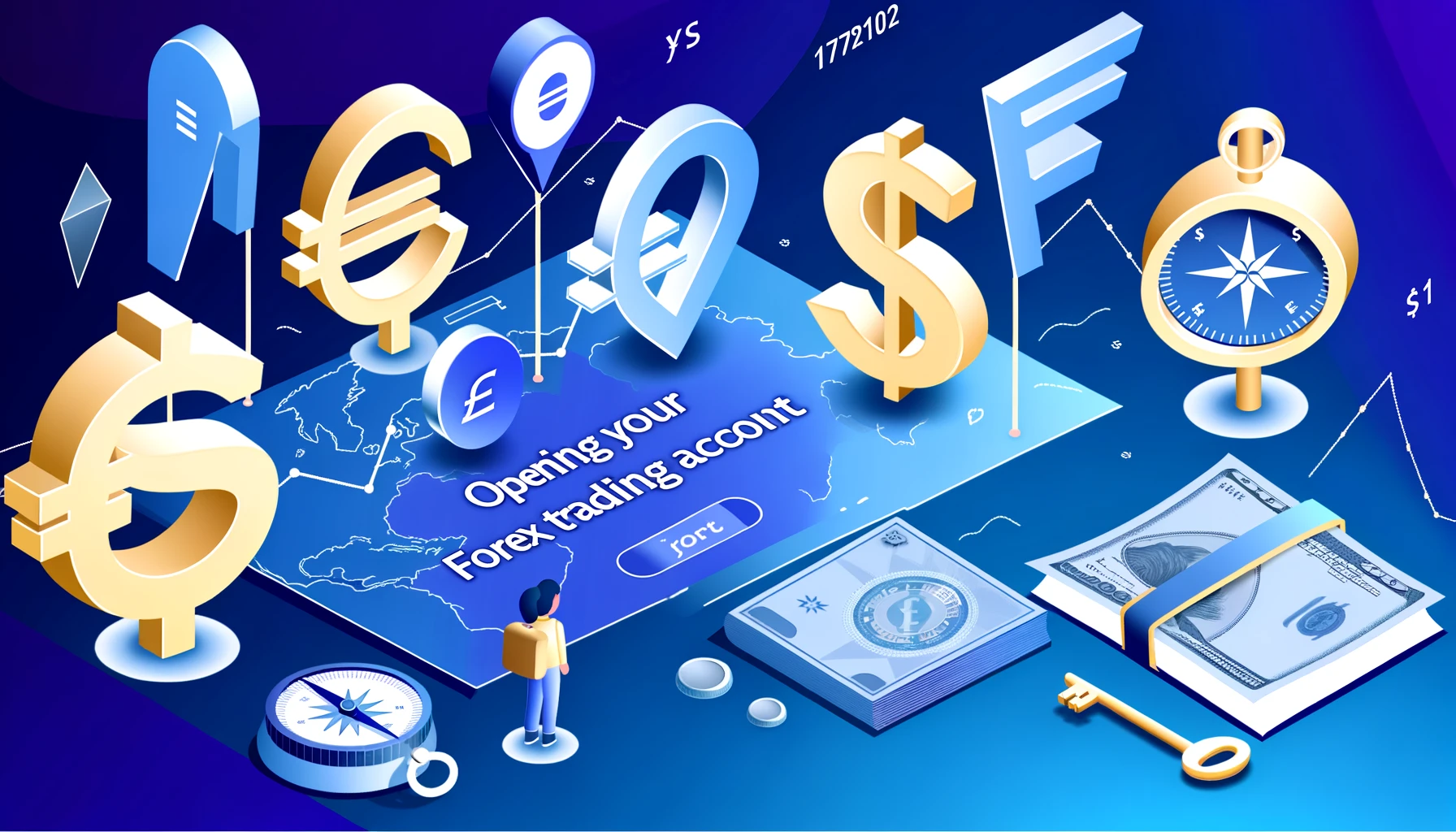Table of Contents
Introduction to Forex Trading for Beginners with Small Capital
Welcome to the exciting world of forex trading! Often perceived as a complex financial playground, forex, or foreign exchange, trading is about exchanging one currency for another. But don’t let the jargon intimidate you. This guide is crafted especially for beginners like you, who are eager to step into the forex market but have just a small capital to start with.
Forex trading is not just for the big players. In today’s digital age, anyone with a computer and internet connection can start trading with relatively small amounts of money. This article aims to demystify the process of starting in forex trading for individuals with limited capital, offering practical advice to kickstart your trading journey.
Why consider forex trading, you might ask? Its accessibility, 24-hour market, and the potential for profit make it an attractive option for many. However, like any investment, it comes with its set of risks, especially for those new to the market. That’s where we come in. This guide will walk you through the basics, help you set up your trading strategy, and show you how to manage your funds wisely to grow your investment over time.
Embarking on your forex trading journey can be thrilling, but it’s important to start with a solid foundation. By the end of this guide, you’ll have a clearer understanding of how to navigate the forex market with confidence, even with a small initial investment. Let’s dive in and explore the world of forex trading together.

Understanding Forex Trading
Forex trading, or the exchange of one currency for another, is the largest financial market in the world. A daily turnover exceeding $5 trillion makes it a dynamic and fluid market. But what does this mean for you, the beginner trader with a modest budget?
Firstly, it’s important to understand the basic principles of forex trading. Currencies are traded in pairs, such as the EUR/USD (Euro/US Dollar) or the GBP/JPY (British Pound/Japanese Yen). When you trade in the forex market, you’re essentially buying one currency while selling another. The goal? To profit from changes in the exchange rate between these two currencies.
But here’s where it gets interesting for traders with small capital: the concept of leverage. Leverage allows you to control a large position with a relatively small amount of money. It’s what makes forex trading accessible to individuals with limited funds. However, it’s a double-edged sword—while leverage can amplify your profits, it can also amplify your losses. That’s why understanding and managing risk is crucial.
As a beginner, you’re not expected to dive in without guidance. Many forex brokers offer demo accounts where you can practice trading without risking real money. This is an invaluable tool for gaining experience and understanding market dynamics without the financial risk.
Remember, the key to successful forex trading is not just about making profits; it’s also about minimizing losses. Start by learning the basics, practicing with a demo account, and developing a solid trading plan. With patience and perseverance, you can grow your small capital into a significant trading portfolio.

Starting with Small Capital
Starting your forex trading journey doesn’t require a fortune. In fact, with as little as $50 to $100, you can begin the process of learning and earning in the forex market. This section will guide you through the initial steps of trading with small capital, focusing on risk management and smart investment strategies.
Choosing the Right Broker
The first step in your trading journey is choosing a broker that suits your needs and allows trading with small deposits. Look for brokers who offer low minimum deposit requirements, micro or nano lot sizes, and demo accounts. These features are crucial for beginners with limited funds, as they allow you to trade smaller amounts and minimize risk while gaining experience.
Understanding Fees and Costs
While most forex brokers do not charge traditional commissions, there are other costs to be aware of, such as spreads, swap fees, and possible account maintenance fees. It’s important to understand these costs and how they can affect your trading outcomes, especially when starting with a small capital.
Risk Management Strategies
Risk management is the cornerstone of successful trading, especially for those with limited funds. Never risk more than 1-2% of your account on a single trade. By adhering to this rule, you ensure that losses remain manageable and your account can withstand the ups and downs of market fluctuations.
Starting Small and Scaling Up
Begin your trading journey with small investments and focus on learning and gaining experience. Use micro or nano lots to keep your risk low. As you become more confident and your strategies prove successful, you can gradually increase your investment size. Remember, the goal is long-term growth, not instant riches.

Key Strategies for Managing Small Investments
When venturing into forex trading with small capital, it’s crucial to employ strategies that can maximize your chances of success while minimizing risks. Here, we’ll delve into some of the key strategies tailored for beginners with limited funds.
The 1% Rule for Risk Management
One of the most fundamental strategies in forex trading is never to risk more than 1% of your total account balance on a single trade. This rule helps manage your risks and keeps potential losses under control, allowing you to stay in the game longer and learn from your experiences without blowing your account.
Focus on a Few Currency Pairs
As a beginner, it’s tempting to try and trade all the currency pairs available. However, focusing on a few that you understand well can significantly improve your chances of success. Start with major pairs, as they tend to have more stable and predictable movements compared to exotic pairs.
Use of Stop-Loss and Take-Profit Orders
A stop-loss order automatically closes your position at a predetermined price to prevent further losses, while a take-profit order locks in your profits once the price reaches a certain level. Utilizing these tools can help you manage your trades effectively, especially when you’re not able to monitor the market constantly.
Keep Learning and Practicing
The forex market is constantly changing, and there’s always something new to learn. Take advantage of educational resources, webinars, and demo accounts to refine your strategies and stay updated with market trends. Remember, practice makes perfect, and continuous learning is the key to improvement.
Patience and Consistency
Success in forex trading doesn’t come overnight, especially when starting with small capital. It requires patience, discipline, and consistency. Set realistic goals, stick to your trading plan, and don’t let emotions drive your decisions. Over time, your small investments can grow into substantial profits.

Common Pitfalls to Avoid
As you embark on your forex trading journey with small capital, it’s essential to be aware of common pitfalls that can hinder your progress. Understanding these can help you navigate the forex market more effectively and avoid unnecessary losses.
Overtrading and Emotional Trading
One of the most common mistakes beginners make is overtrading, often driven by emotional responses to market movements. This can lead to rushed decisions and increased risks. Always stick to your trading plan and resist the urge to trade based on emotions or the need to ‘make up’ for losses.
Ignoring Risk Management
Neglecting risk management can have severe consequences, especially when trading with limited capital. Always use stop-loss orders, manage your leverage wisely, and never risk more than you can afford to lose. Remember, preservation of capital is as important as making profits.
Lack of Education and Preparation
Jumping into forex trading without proper education and preparation is akin to setting sail without a map. Invest time in learning about the forex market, analyzing charts, and understanding economic indicators. The more informed you are, the better your chances of success.
Unrealistic Expectations
Setting unrealistic goals can lead to disappointment and risky trading behavior. Understand that forex trading is not a quick path to riches; it requires time, patience, and strategic planning. Set realistic goals and focus on steady, long-term growth.

Conclusion: Starting Strong and Staying Resilient
Starting your forex trading journey with small capital is a commendable endeavor that requires knowledge, discipline, and a strategic approach. By understanding the basics, managing your risks, and learning from your experiences, you can gradually build your trading skills and grow your investment.
Remember, every successful trader was once a beginner. Patience, perseverance, and continuous learning are your best tools for success. So take that first step, stay committed to your goals, and embrace the journey of forex trading. Your path to financial independence begins here.

FAQ: Starting Forex Trading with Small Capital
Can I really start forex trading with a small amount of capital?
Yes, you can start forex trading with a relatively small amount of capital. Many brokers offer micro or nano accounts that allow you to trade with as little as $50 to $100.
What is the best currency pair to trade for beginners?
Beginners should start with major currency pairs like EUR/USD or USD/JPY. These pairs are more liquid, generally less volatile, and have more accessible information for analysis.
How much money should I risk on each trade?
A common recommendation is to risk no more than 1-2% of your total trading capital on a single trade. This helps manage your risk and protects your account from significant losses.
What is leverage in forex trading?
Leverage in forex trading allows you to control a larger position with a smaller amount of money. It can amplify both profits and losses, so it’s important to use leverage wisely and understand the risks involved.
How do I know when to enter or exit a trade?
Entering and exiting trades should be based on your trading strategy, which might include technical analysis, economic indicators, or other market signals. Always have a clear plan before making any trades.
What is a stop-loss order?
A stop-loss order is an automated instruction to sell a currency pair if it reaches a certain price, helping to limit potential losses. It’s a crucial tool for risk management in forex trading.
How long does it take to become profitable in forex trading?
The time it takes to become profitable varies for each trader. Success in forex trading requires learning, practice, and patience. Some traders might see profits within a few months, while others might take longer.
Can I practice forex trading before risking real money?
Yes, most brokers offer demo accounts where you can practice trading with virtual money. This is a great way to gain experience and test your strategies without financial risk.






It’s appropriate time to make some plans for the future and it is time to be happy.
I’ve read this post and if I could I want to suggest you few interesting things or tips.
Perhaps you could write next articles referring to this article.
I want to read even more things about it!
These are in fact great ideas in about blogging. You have touched some good points
here. Any way keep up wrinting.